When Should You Test for Mold in Your Home?
When it comes to signs of water damage, there are so many that it can be easy to overlook. That’s why it’s important to take the time to identify potential issues once they arise. After all, a property that is plagued by water damage will be unable to sustain itself in the long run. If you detect the first signs of water damage at an early stage, you can work towards rectifying the issue before it becomes too serious.
Thankfully, detecting the first signs of mold is easier than you might think. Once you start noticing a few telltale signs, it’ll be much easier to spot mold creeping into your home and evicting unsuspecting residents. This guide will help you keep track of any potential issues as they arise and help safeguard your family against future problems.
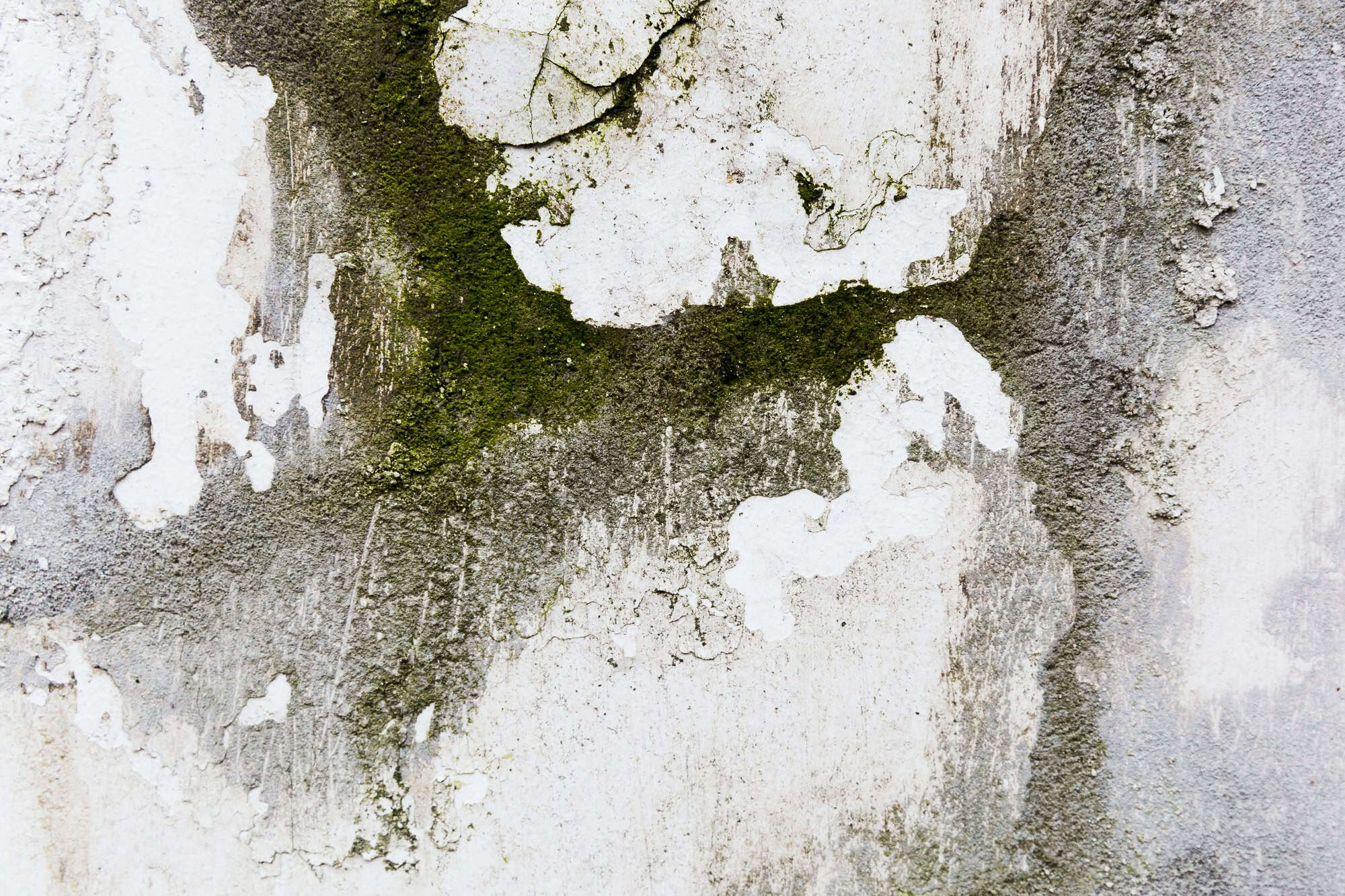
When to Test for Mold in a Home
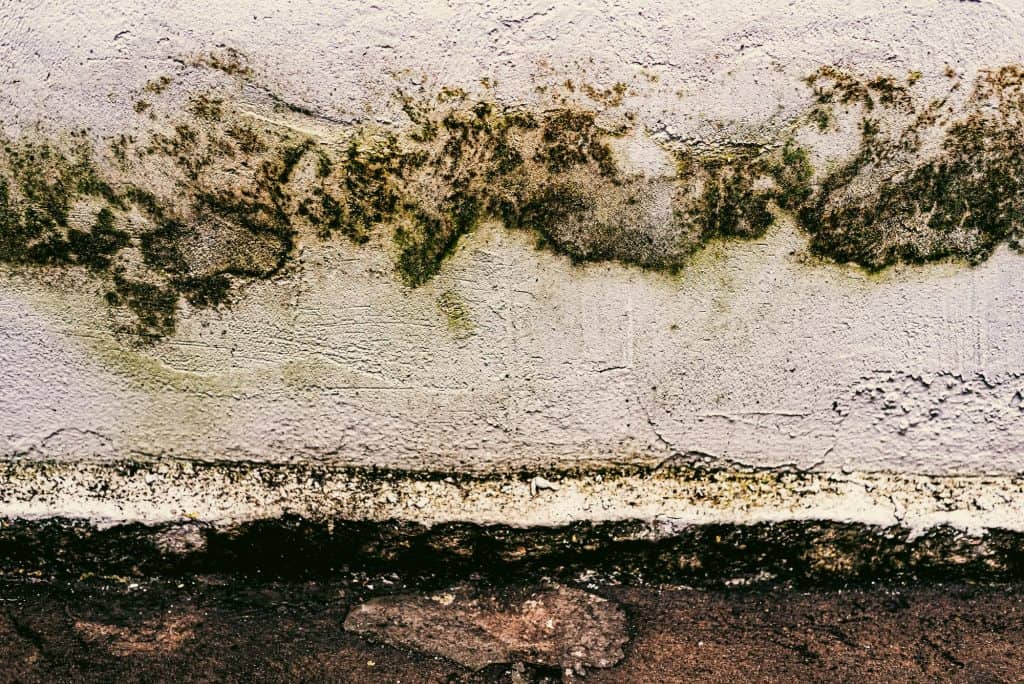
Well, it depends on the first signs of water damage. If there is a noticeable leak or if you are noticing some damp areas on your floor, start testing for mold as soon as possible. In fact, the longer you wait to test for mold, the more likely it is that mold will grow and spread into other areas of your home. The best time to test for mold is when you notice any of these symptoms:
– Sudden change in temperature
– Sudden change in humidity
– Musty odor
– Unusual stains on walls and ceilings
– Clogged sinks or toilets
If you notice these symptoms, especially if they continue over time, consider getting a professional opinion from a mold inspector. They will be able to identify the source of the problem and provide useful advice on how to proceed with remediation.
Signs of Water Damage
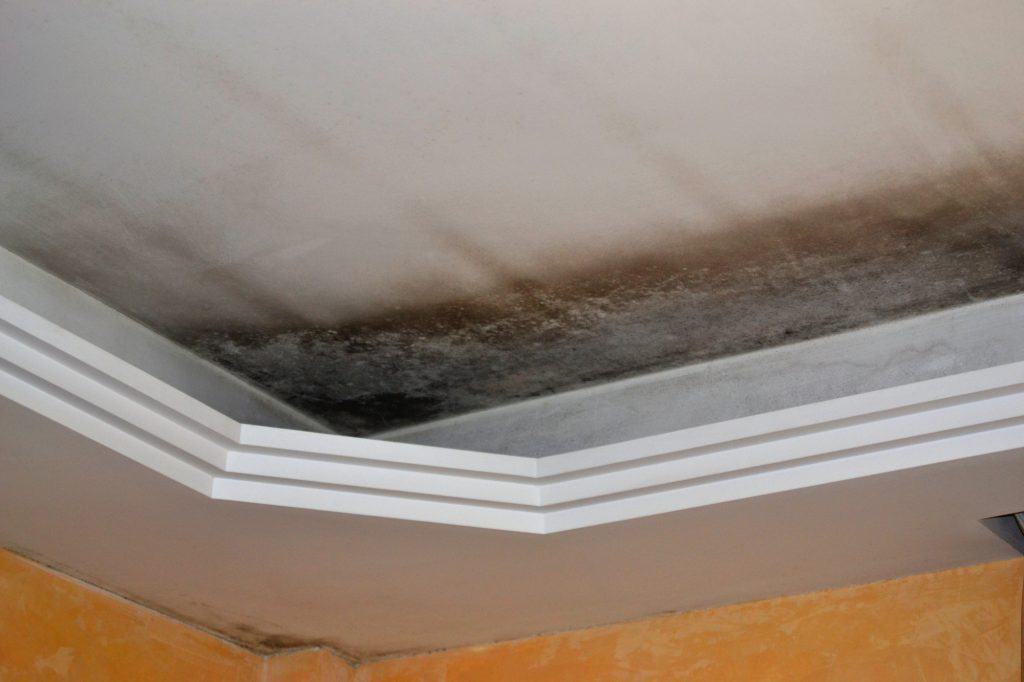
Some of the earliest signs of water damage include a musty smell, mold stains on walls, moisture in your carpets, and a discolored ceiling. And if you’re noticing any of these things in your home, you should be cautious. That’s because water damage can lead to much more serious issues that are beyond repair. If you experience any of these symptoms, it’s important to call in professionals and start the process of mold remediation.
HVAC System and Ventilation
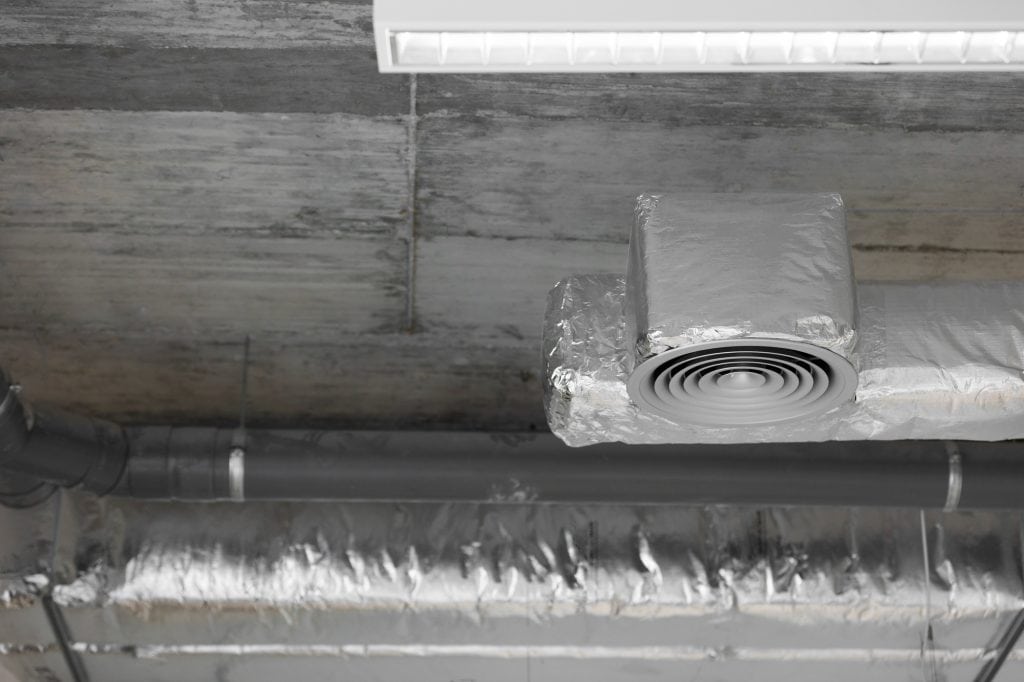
If you have high-efficiency air conditioning, ventilation is easy to find. If your HVAC system doesn’t work well, you should test for mold. Excessive humidity in an area of your house could indicate that there is water damage or that the HVAC system needs to be replaced. Ventilation can help improve airflow and minimize moisture accumulation and promote a healthy environment for occupants.
You need to test for mold in your home if:
– Your HVAC system isn’t working
– You’re noticing the first signs of water damage
– The humidity level in your room is very high
Basements and Crawl Spaces
The first sign of mold in the home is usually a musty smell. In fact, most likely the only way you’ll notice this is from the strong odor. However, it can also be difficult to see mold until it grows to an extreme point. Mold can grow on any surface in your home, but an infestation will usually take place in a basement or crawl space.
The best way to find out whether or not your house has mold is by testing for it before it becomes too serious. Basements and crawl spaces are some of the areas most susceptible to mold growth because they are damp and dark, which allows mold to thrive.
When you have noticed that there is a musty smell coming from your basement or crawl space, try testing it for mold first. If you find that there’s any sign of mold, don’t hesitate to contact professionals immediately.
Check for Puddles of Water
It’s important to check for puddles of water near your home. When you spot a puddle, it’s likely the result of a leak that occurred when your home was under construction or during a recent severe weather event. If you see this type of puddle, it means there’s an issue with your home that needs immediate attention.
You should also be on the lookout for any changes in the color of your home’s water. If the color has changed from its normal state, this could indicate an issue with your pipes or foundation. The color change is caused by dissolved minerals and organisms in the water that have oxidized and discolored it. Finding mold in your home can be scary, but identifying these signs will ensure that you don’t have to worry about potential damage later on
Look for Discoloration
One of the first signs that water damage is present in a home is discoloration. In fact, it’s one of the most common signs. If you notice your walls or carpet are beginning to show signs of discoloration, it could be due to moisture seeping into your home. These spots will likely turn brown with time, so take note if you notice anything unusual about the color of your walls or flooring.
In addition to looking for spots where there may be moisture, look for other telltale signs. Mold likes dark and dank environments so keep an eye out for places where light doesn’t reach like behind furniture and in corners or cabinets. You should also keep an eye out for any strange smells that might indicate mold has infiltrated your home.
Check for Drip Marks
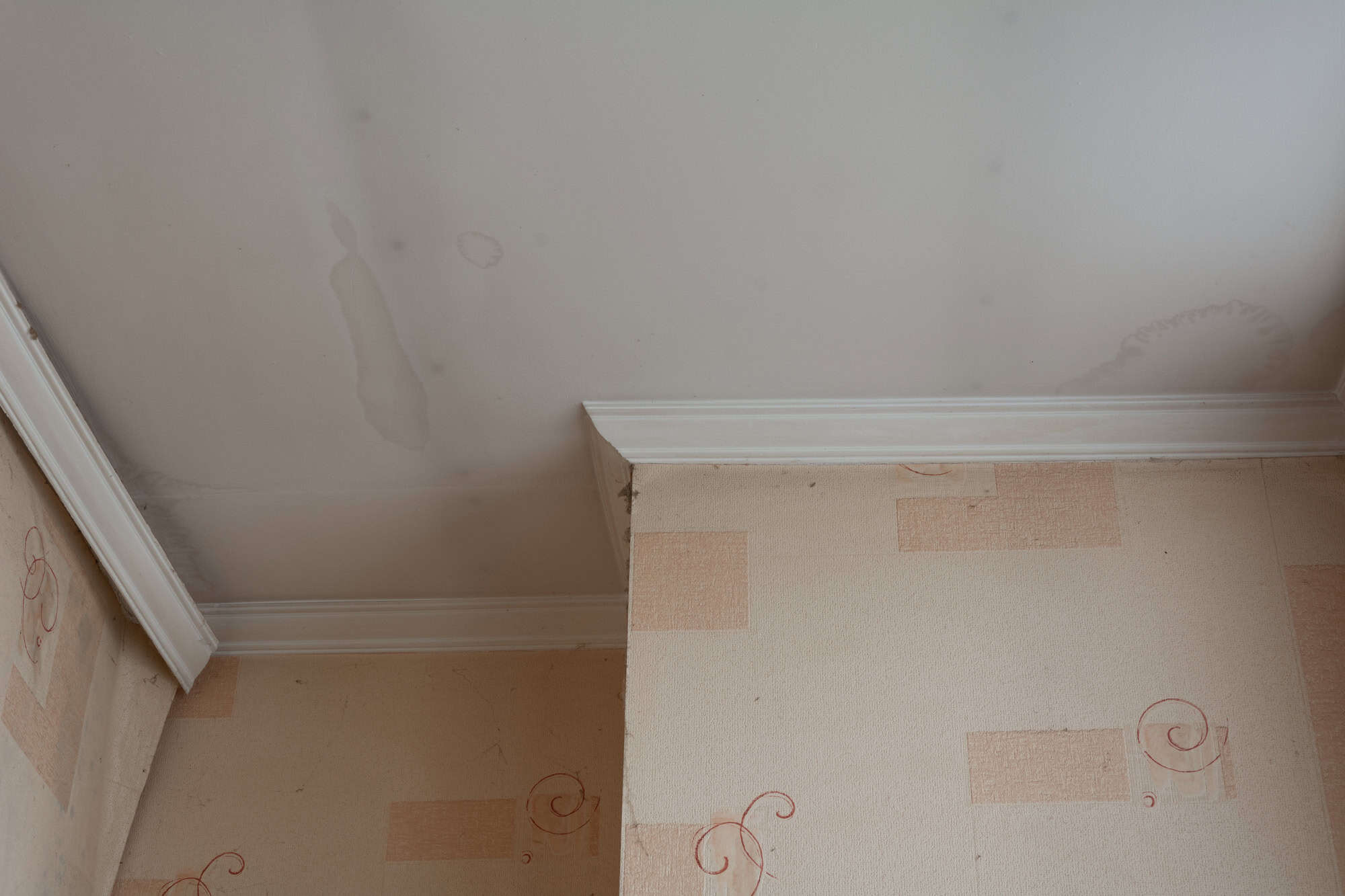
When you notice water damage, the first thing to do is to check for drip marks. These are the telltale signs of wetness that let you know there is a problem. Mold thrives in moist environments, and if you find any drip marks around your home it means that the area has been exposed to excess moisture. Check your ceilings, walls, floors, carpet, and windows for any signs of drips or mold.
Next, look for any other sources of moisture in your home. If you have a humidifier or dehumidifier that runs continuously or constantly refills with water, this can be a major source of mold growth inside your home.
If you notice condensation on walls or windowsills and don’t know what it’s from, it could be a sign that there’s too much moisture in the air. If this sounds like it could be an issue in your home, consider checking out your HVAC system and ensuring that no leaks are taking place.
Finally, observe for other signs of water damage such as staining on ceilings or flooring materials and discolored ceiling tiles. If these things sound familiar to you then it might not be mold but rather an issue with your plumbing system or humidity levels inside your home.
Look Out for Rotting Materials
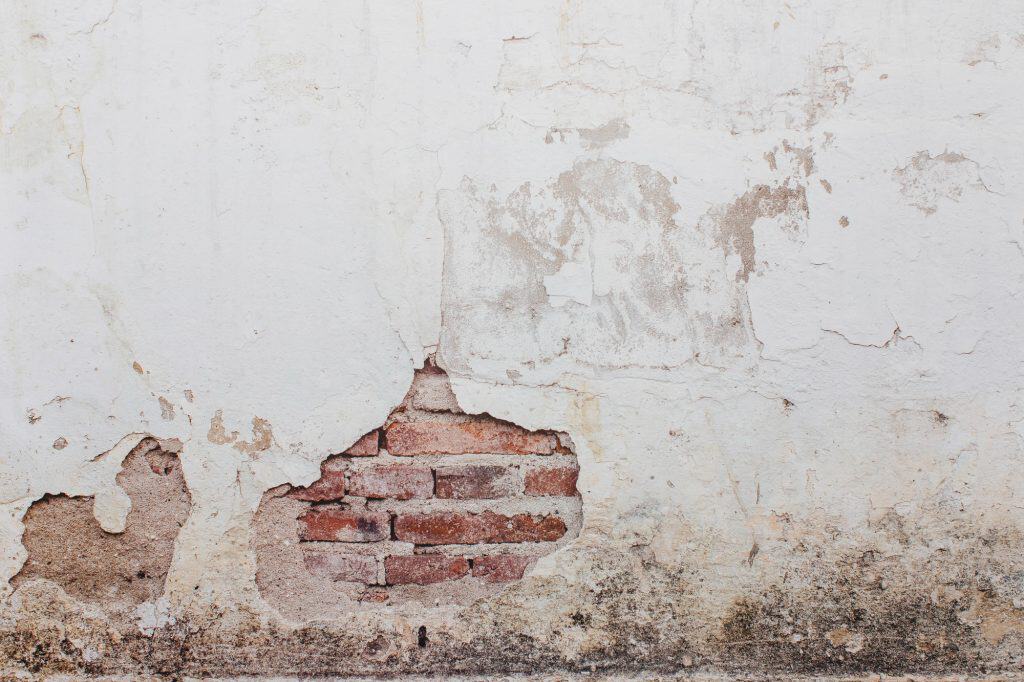
The first step to taking action against mold is noticing it. If you notice any telltale signs of water damage, such as the presence of wet materials or a musty odor, this is your cue that you might have a mold issue.
After identifying the issue, it’s important to take action quickly. Mold thrives on moisture, so removing excess moisture from your home will be essential in remedying the problem.
This can be done through simple techniques like turning off leaking faucets and opening windows at night when possible to allow moisture to escape your home. With these quick fixes, you can help reduce the risk of future issues with mold.
Test for Smell & Growth
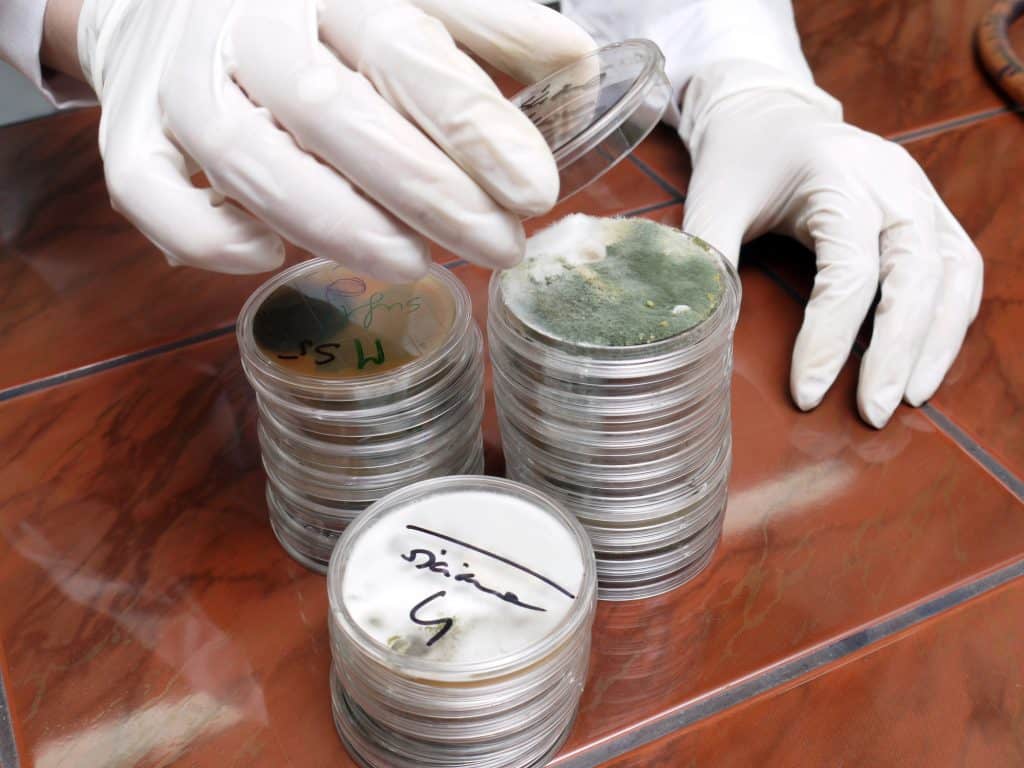
For starters, if your home doesn’t smell like mold but you notice some growth, it’s a good idea to set up a DIY test. Simply place some cotton balls in areas that are known for having high water leaks and allow them to dry out. If you notice the cotton balls turning brown, that means there is potential mold present. Another easy-to-use and inexpensive way of detecting mold is with a black light. In order to locate any hidden lurking spaces under carpets or behind walls, simply shine the light on the ground or overhead and see what you can find.
Check for Bulging Walls or Ceiling
The first sign of water damage is often the formation of mold. If you notice a water spot on the wall or ceiling, this could be your first indication that there might be a problem. The presence of mold leads to the release of particles from its cells, which helps them gain access to areas that were previously unavailable. These particles can cause health issues like respiratory infections or allergies.
If you see these signs, it’s important to take action as soon as possible. You should contact a professional for help assessing the extent of the damage and determine whether or not your property needs to be wiped down or treated with anti-fungal agents.
When Should You Call a Professional?
If you find yourself noticing the signs of mold outlined in the first section of this guide, it’s time to call a professional.
If your home is suffering from water damage due to mold, then you should definitely consider hiring a professional. But if it’s not yet that serious, some DIY steps can be taken to address the issue.
In any case, as long as you’re able to detect the early signs of mold and handle it appropriately, you can prevent further damage before it becomes too severe.
Conclusion
In order to protect your family, the first step is to find the source of the moisture. Once you have found the source, you can begin to take steps to get rid of the water damage. Here are some tips:
- Look for signs of water damage and mold such as discoloration, bulging walls, dripping ceilings and rotting materials.
- Check your HVAC system and ventilation system.
- Check your basement or crawlspace for puddles of water.
- Test for a smell that indicates mold growth.
- Look for drips marking on walls or ceiling.
- When you are dealing with an issue like mold, it is best to call a professional.